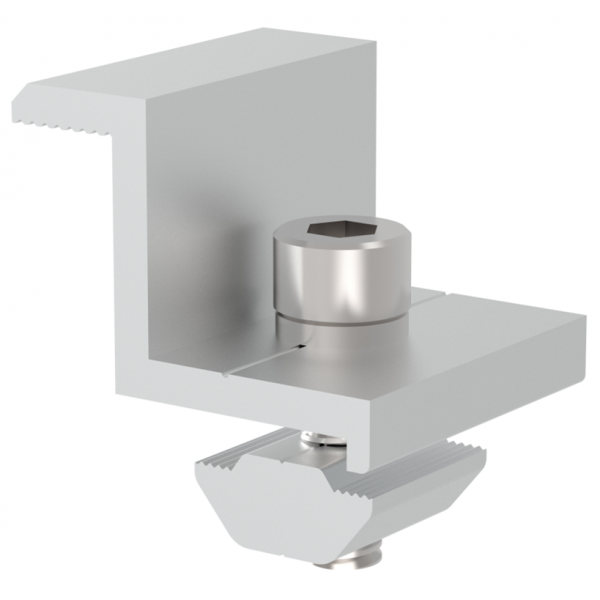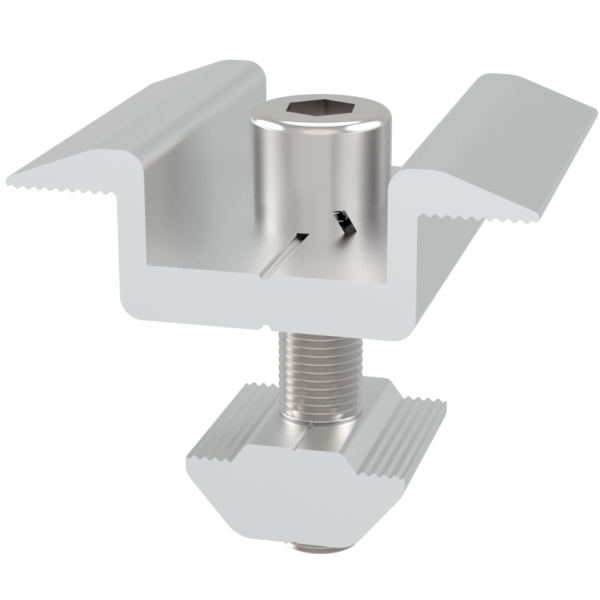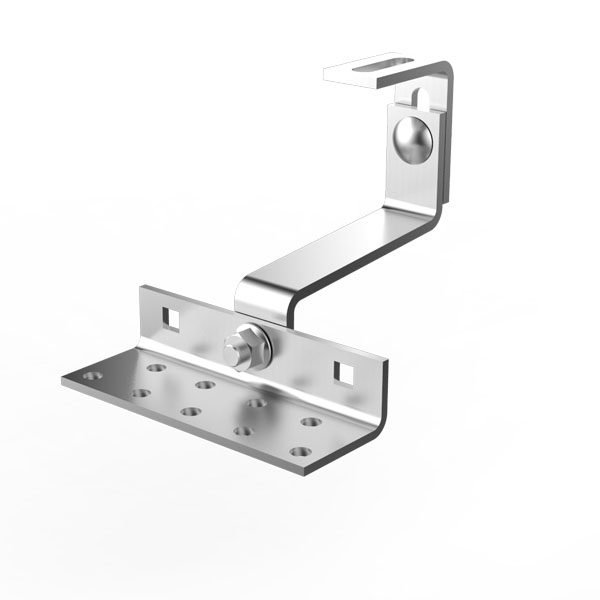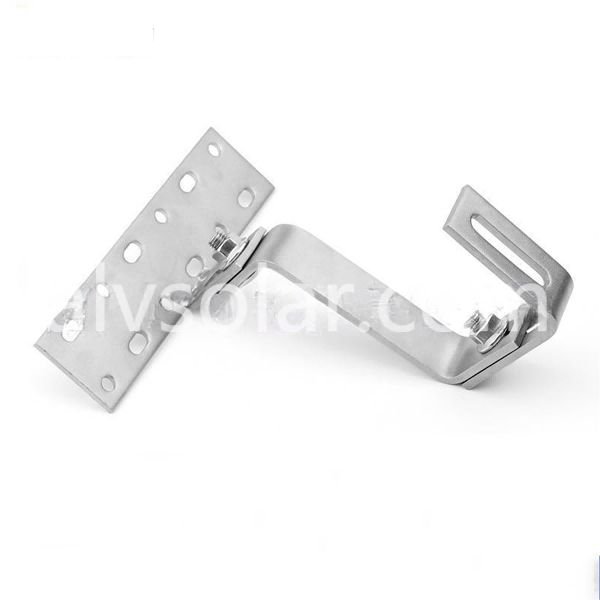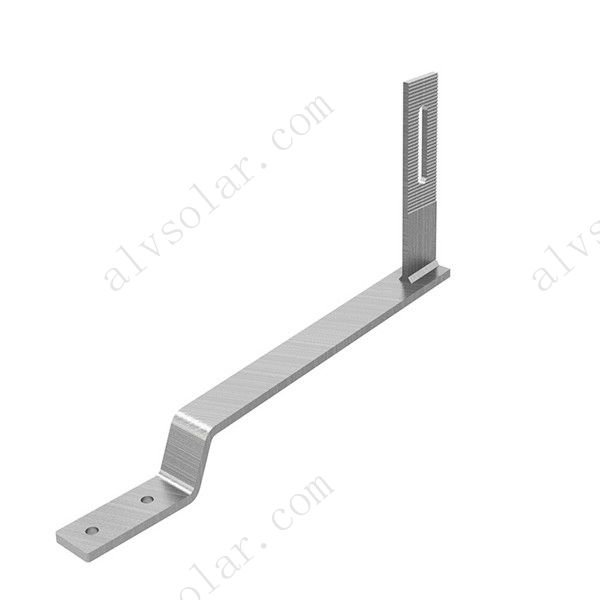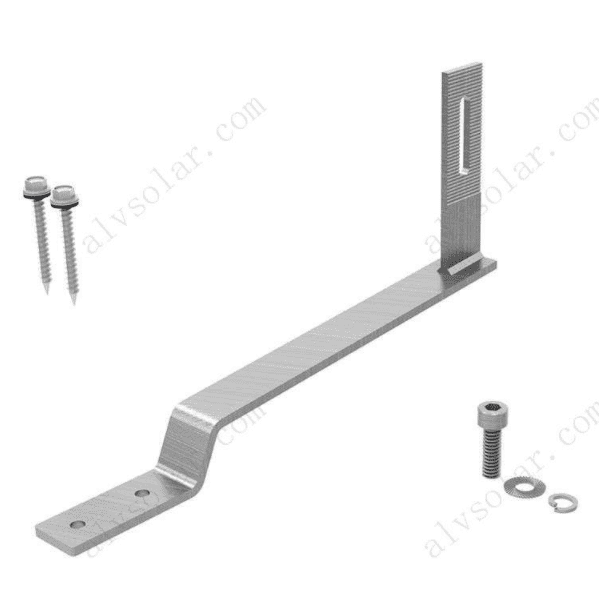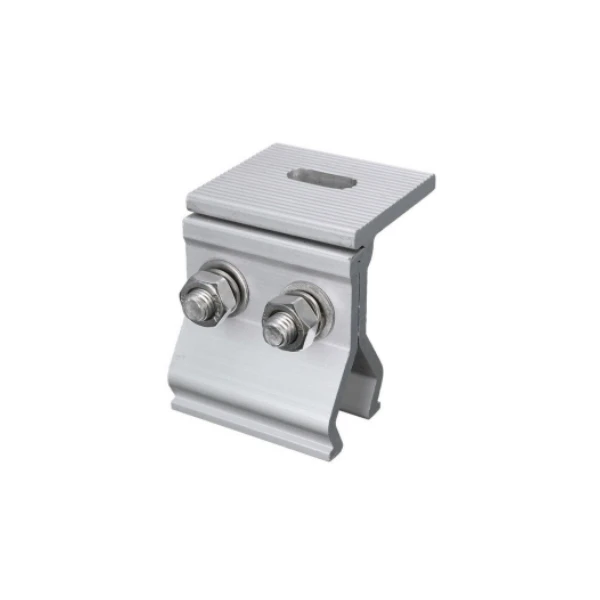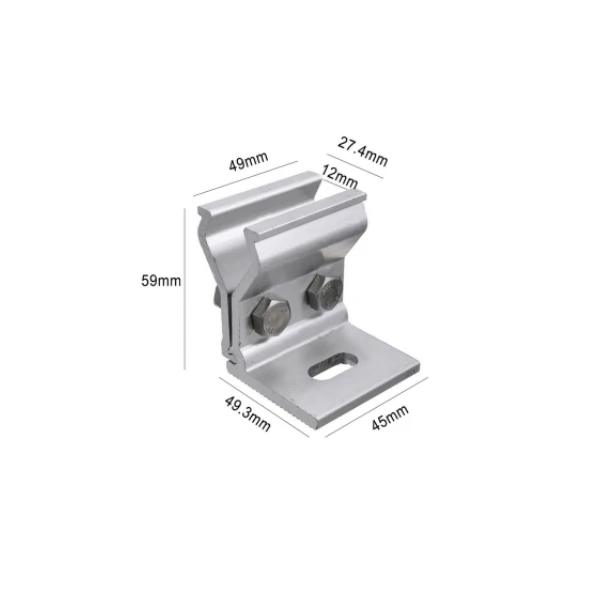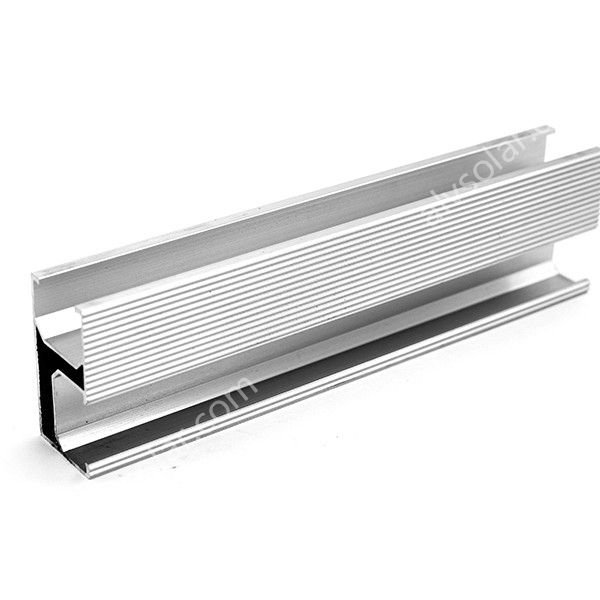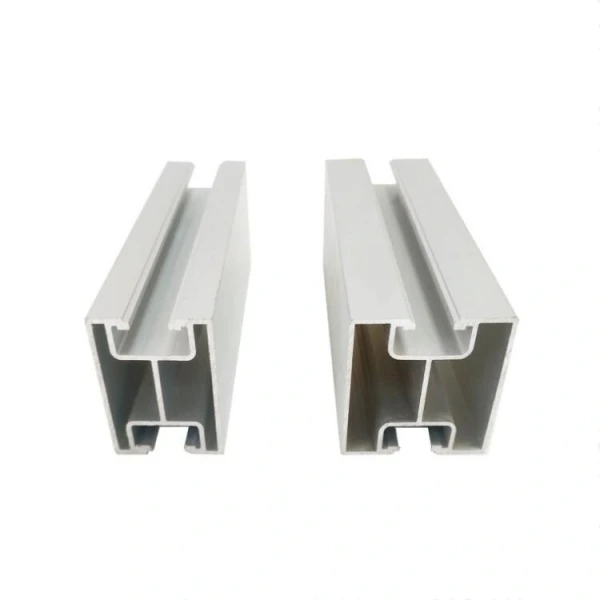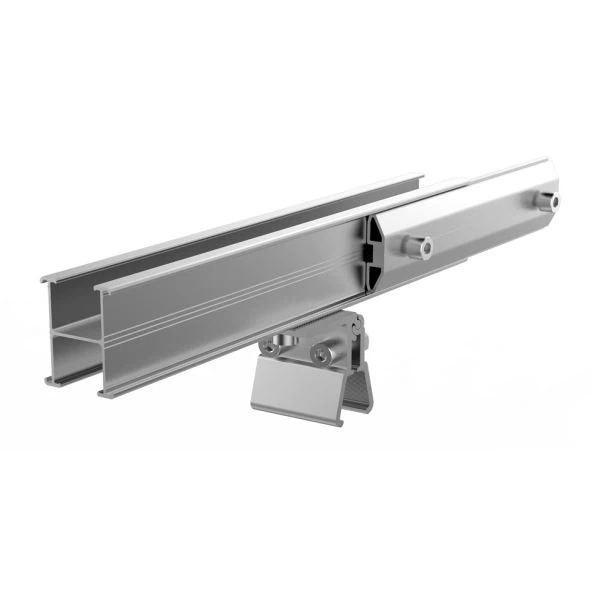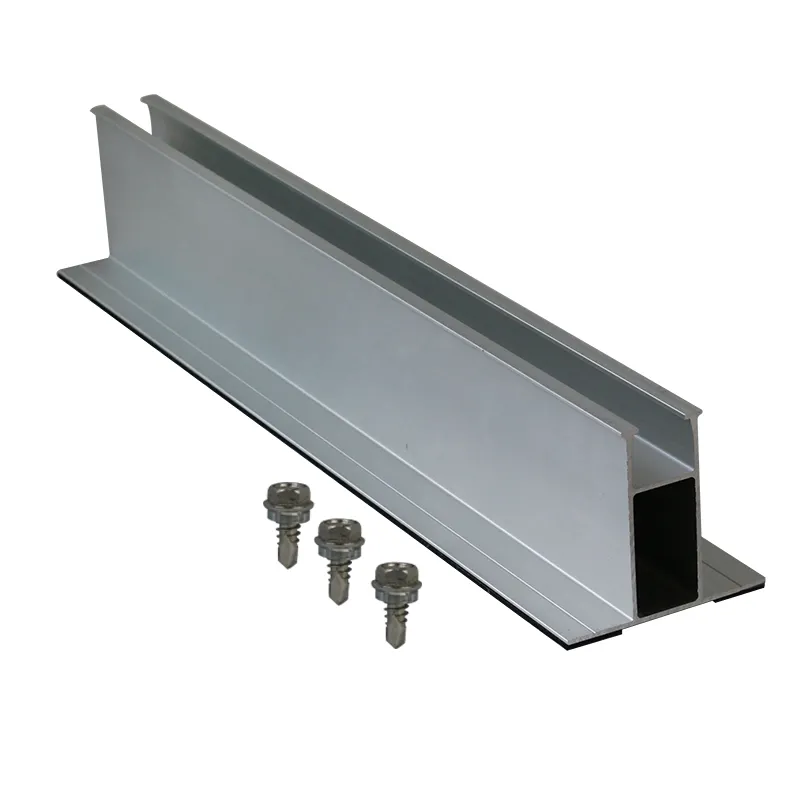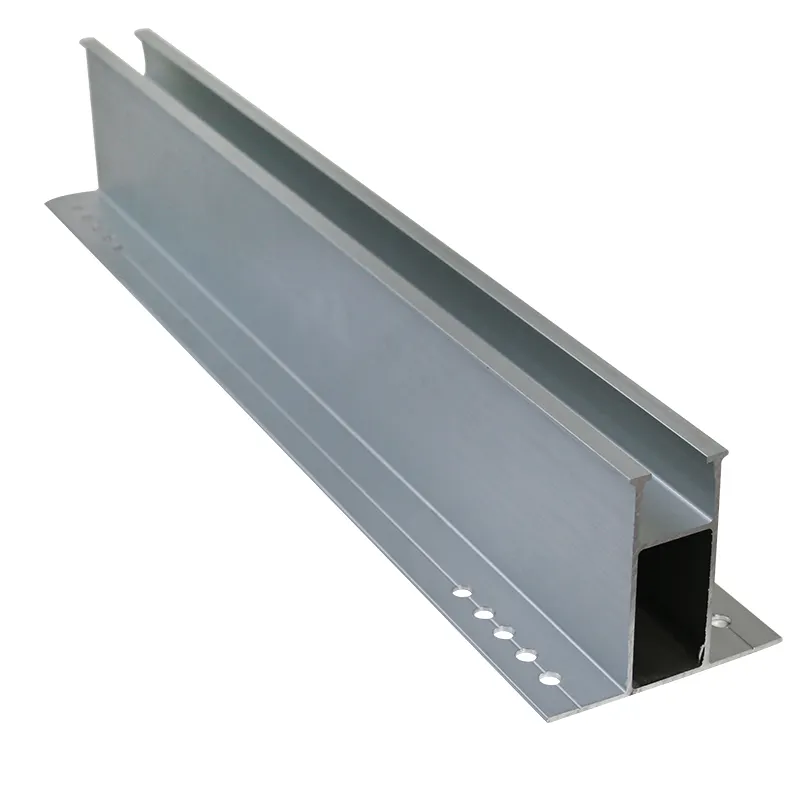Ground Mounting Systems for Cold Climates: Overcoming Snow and Ice Challenges
As solar energy adoption continues to accelerate worldwide, more projects are being developed in regions with cold climates. These areas pose unique challenges due to heavy snow, ice formation, freezing temperatures, and freeze-thaw cycles in the soil. For solar projects in such environments, selecting and designing the right ground mounting systems is essential to ensure structural stability, long-term durability, and optimal energy production. This article delves into the main challenges posed by snow and ice, discusses design strategies to overcome them, and outlines best practices for installation in cold climates.
Challenges of Snow and Ice in Cold Climate Solar Projects
Cold climate regions experience extended winters with frequent snowfalls and ice accumulation. These conditions affect solar mounting systems in multiple ways. The primary challenge is the additional load imposed by heavy snow. Snow weight can vary widely depending on location and storm intensity, sometimes exceeding hundreds of kilograms per square meter. This extra load exerts significant pressure on mounting structures, which, if not designed properly, may lead to deformation, loosening of fasteners, or even structural failure.
Ice formation presents another challenge. Ice can build up around fasteners and moving parts, causing mechanical stress and making it difficult to maintain proper panel orientation. Ice can also create slipping hazards during installation and maintenance, increasing safety risks.
Moreover, freeze-thaw cycles cause soil to expand and contract repeatedly. This process, known as soil heaving, can destabilize foundations, particularly shallow ones. If the mounting system’s foundation shifts or settles unevenly, it compromises the overall stability and alignment of the solar array, reducing its efficiency and increasing maintenance needs.
Lastly, cold temperatures can make materials more brittle and susceptible to cracking if they are not selected or treated appropriately. Moisture combined with freezing conditions accelerates corrosion and wear, further challenging the longevity of the mounting system.
Design Solutions to Overcome Cold Climate Challenges
Addressing the harsh conditions of cold climates starts with careful design choices focused on strength, durability, and adaptability.
Material Selection
Galvanized steel and high-grade aluminum alloys are preferred materials for cold climate ground mounting systems due to their high strength-to-weight ratio and excellent corrosion resistance. Galvanization adds a protective zinc layer that prevents rusting, while anodized aluminum offers a durable oxide coating. These materials can withstand moisture, ice, and cold temperatures without significant degradation.
Structural Reinforcement
Designers often incorporate reinforced frames, additional cross-bracing, and heavier gauge metals in critical components to increase load-bearing capacity. Fasteners such as double-threaded rafter screws or specialized bolts help maintain tight connections that resist loosening under snow load and freeze-thaw stresses. Triangle brackets and strong support legs contribute to overall system rigidity.
Optimized Panel Tilt
Steeper panel tilt angles between 30° and 45° are generally recommended in snowy regions to facilitate snow shedding. By encouraging snow to slide off rather than accumulate, these angles reduce the weight burden and maintain better light exposure. Some mounting systems allow seasonal tilt adjustments, so operators can optimize panel angles for winter and summer sunlight conditions.
Stable Foundations
To combat soil movement caused by freeze-thaw cycles, ground screws that reach below the frost line are commonly used. These screw piles anchor the system deeply and minimize the risk of heaving or settling. Where soil conditions require, deep concrete piers with appropriate insulation and drainage features may be deployed. It is critical to conduct thorough geotechnical surveys to understand the site-specific soil properties and frost depths.
Corrosion Protection
In addition to choosing corrosion-resistant materials, manufacturers often apply powder coatings or other surface treatments to enhance durability. Regular maintenance including inspections and touch-ups can extend service life.
Installation Best Practices and Benefits in Cold Regions
Successful deployment of ground mounting systems in cold climates requires meticulous planning and adherence to best practices.
Site Survey and Planning
Detailed analysis of local snow loads, wind speeds, soil conditions, and frost depths informs foundation design and material selection. Understanding seasonal weather patterns helps optimize panel orientation and mounting system configuration.
Efficient Use of Ground Screws
Mechanical installation of ground screws is advantageous because it requires minimal excavation, which is especially beneficial in frozen or rocky soils. The quick installation reduces project timelines and limits site disturbance, preserving the environment.
Enhanced Structural Support
Incorporating extra bracing and support brackets during installation strengthens the system against snow and ice loads. Attention to proper torque on fasteners ensures the system remains secure over time.
Drainage and Site Management
Ensuring proper water drainage around mounting foundations prevents water accumulation and ice formation that could damage the structure or soil. Maintaining clear access paths for snow removal equipment or manual cleaning can also help sustain system performance.
Safety Considerations
Working in cold weather requires specialized training and protective gear to ensure installer safety. Using machinery and tools rated for low temperatures prevents delays and equipment damage.
When correctly designed and installed, ground mounting systems enable solar projects in cold climates to deliver reliable clean energy year-round. The ability to operate efficiently despite snow and ice broadens the geographic reach of solar power, contributing significantly to global renewable energy goals.
At Xiamen Al Import & Export Co. Ltd., we specialize in high-quality Solar Mounting Systems tailored for challenging environments including cold climates. Our products are engineered for strength, durability, and ease of installation, backed by professional technical support. Whether your project is in snowy mountains, northern plains, or other cold regions, we can provide solutions to ensure long-lasting, efficient solar installations.
Contact us today to learn more about our ground mounting systems designed to meet the toughest cold climate challenges.
Xiamen Al Import & Export Co. Ltd. All Rights Reserved.

